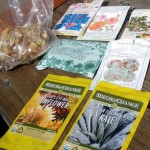
by Avis Licht
There are times when sowing seed is the best way to start your plants, and times when you would do better to buy seedlings. Here are a few of the most commonly made mistakes and how to avoid them.
Mistake: Sowing seed into pots that should go directly into the ground.
Correct : Sow directly into the ground
Some seeds are best sown directly into the soil where they will grow. Root crops like carrots, beets, radish and turnips have taproots that don’t like to be transplanted.
Very small seeds, like poppies and carrots can be mixed with sand in order to spread them more evenly.
Large seeded plants like beans and peas do better when sown directly into the ground. You should plant them 2 to 3 inches deep. They send a large root deep into the soil and don’t like to have their roots disturbed.
Mistake: Sowing indoors without sufficient light
Correct: Use additional lights
In the hopes to get a jump on the growing season, people like to start their seeds indoors. It is almost impossible for plants to get enough light from a window to grow strong and healthy. Leggy seedlings rarely recover and won’t make for strong plants when transplanted.
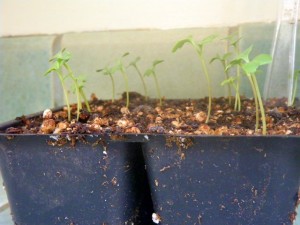
These broccoli seedlings are leaning toward the window for more light. They are leggy and not what we’re looking for
If you do want to start indoors, get fluorescent lights and put them over your containers. You can find these through catalogs or make a simple set up yourself. Full spectrum lights are best, but regular lights will also work.
Mistake: Sowing too soon in the season
Correct: Be patient and wait. Learn the last frost dates for your garden and what your particular plant needs.
In the excitement to get plants ready for planting outdoors, we often start plants too soon. This is especially true for warm weather crops like tomatoes, cucumbers and peppers. Even if you have a warm spell early in the spring, it doesn’t mean that you’re plants will be happy outside. Both the night temperatures need to warm up and the soil needs to warm up.
You can plant early if you use special precautions like cold frames, “Wall o Water”, cloches and row covers. These will protect your plants from those extra cold nights. But don’t sow your seed early if you’re not prepared to go the extra step for plant protection.
Mistake: Sowing too many seeds and too many difficult to grow and germinate seeds
Correct: If you’re new at sowing, pick a few of your favorite plants that are easy to germinate. Don’t be fooled by those beautiful pictures in the catalogs. Beware impulse buying!
If you have a small garden and would like a variety of vegetables, it’s often better to buy your seedlings from the local nursery or farmer’s market. You can get just amount that you need and more varieties. Instead of 20 plants of one variety, why not get several heirloom varieties and see what does best in your garden.

 Follow
Follow

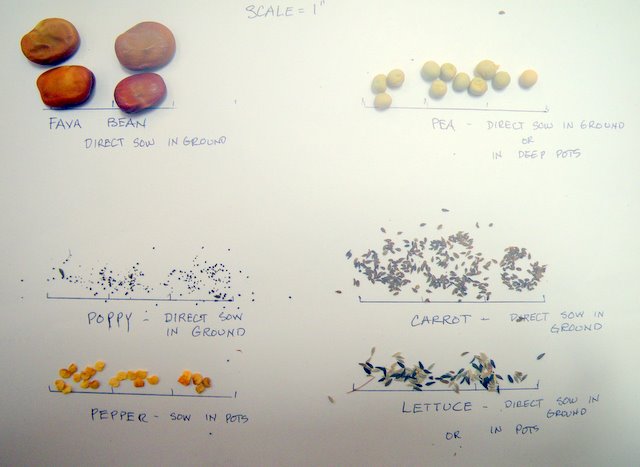
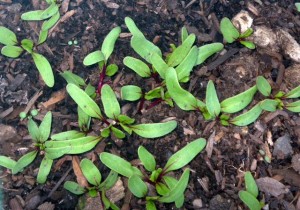
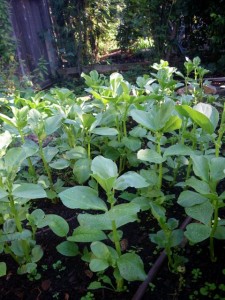
Avis, this is beyond helpful! You have surpassed Sunset Magazine with your blogs and images. I’m making many of the mistakes you listed above and will be starting over in the garden this weekend with my beets.
Thanks so much!
I’m so glad it was helpful. There’s so much more to tell, but I don’t want to overwhelm people with too much information. Let me know how the seed sowing goes for you.